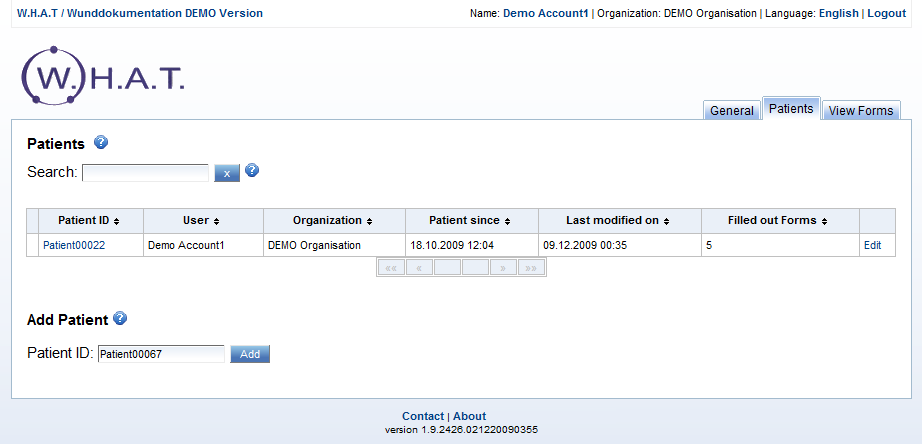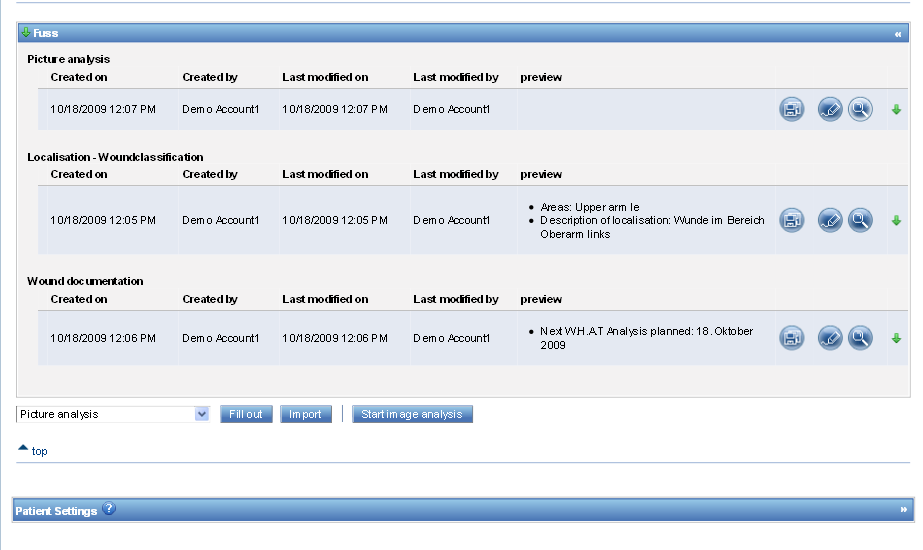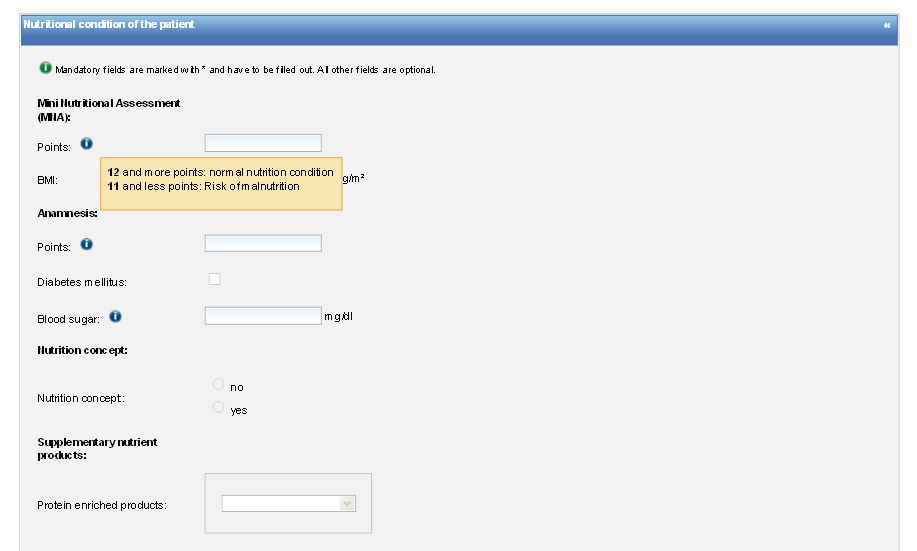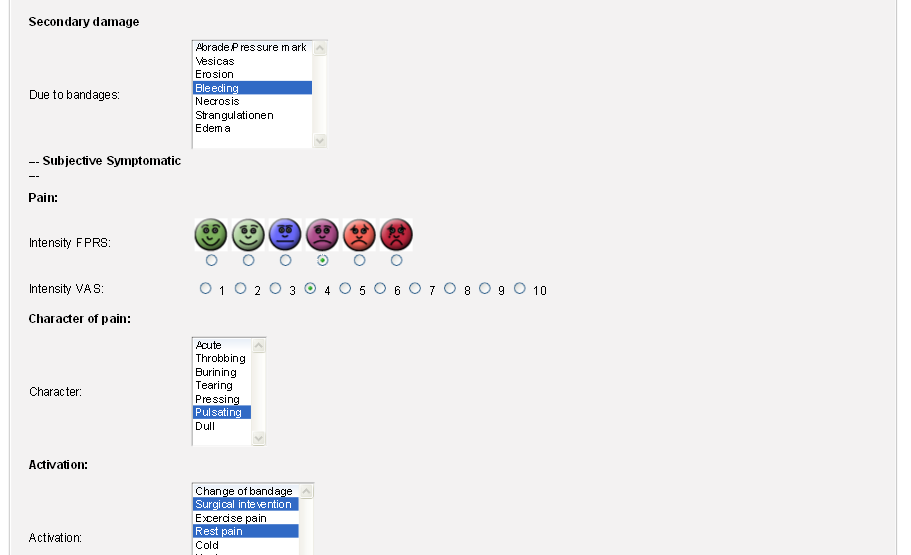W.H.A.T. - Wound Healing Analyzing Tool
The platform W.H.A.T. (Wound Healing Analyzing Tool) has been developed in close collaboration of Prof. Dr. Thomas Grechenig and the lesion expert Prim. Dr. Thomas Wild. W.H.A.T. is designed as a web based documentation platform to log the processes of an institution-spanning patient treatment centralized.
The greatest focus during the design and the development of the platform was on secure implementation according to the current status of software engineering taking into account the Austrian as well as the European data protection regulations.
[more]
History
The initial idea of developing a program to standardize the analysis and documentation of the wound healing progress can be attributed to Prim. Dr. Thomas Wild at that time working at the department of surgery at the university hospital of the Medical University of Vienna. The first standalone version of W.H.A.T. was developed in cooperation with a team of developers from the University of Applied Sciences in Hagenberg. It was written in C++ and composed of a wound analysis module and a graphical user interface. Apart from the central analysis component, the rich client solution also included a database component to store some basic patient data as well as the data from the actual analysis. Data could be exported from the application in a simple Microsoft Excel file.
After the initial development effort, the software was handed over to the department of Medical Computer Vision at the Medical University of Vienna. There Dr. Michael Prinz was responsible for maintaining and enhancing the analysis tool. He was also responsible for extracting the analysis functionality into a separate library to be used for easier integration into hospital information systems (HIS). In addition the software and especially the wound analysis technology gained significant momentum and plans were formed for deployment in several large clinics all over Europe.
Then, since 2007 a cooperation between Prof. Dr. Thomas Grechenig and Prim. Dr. Thomas Wild has been formed in an effort to bring W.H.A.T. into the “web” and allow for tighter integration with third-party systems. To achieve this objective the present W.H.A.T. application has been completely ported to the web. The use of medical analysis tools via the web is a technological challenge, as user interaction (e.g. for wound border marking) has to be rendered through a web browser. Integrating the analysis directly into the management platform enables every participant to use the standardized wound diagnostic of W.H.A.T. This enforces a high data quality in the clinical care process and in clinical research.
Functionality of the system
- Adding new wound documentation
- Adding new patients (generating ID’s or using internal HIS ID‘s)
- Entering patient data
- Defining documentation schema
- Import of pictures, data, documentation forms
- Export of data and documentation forms (allows different formats, i.e. CSV, Microsoft Excel)
- Performing the Wound Analysis which facilitates the objective evaluation of wound healing processes
Exploitation Potential
With techniques of modern medicine it is possible to treat chronic wounds more effectively. In this way long stays in hospital or time consuming outpatient treatments can be shortened, which disburdens the budget of hospitals, social security and provincial government.
The W.H.A.T. platform aims at providing the implemented features enhancing both academic research options and actual wound management in daily care. It provides for features such as high usability for documentation and studies, technical integrability with HIS and interoperability, data security and privacy. Moreover the platform will be open to patient participation as well as serve as a pilot for integrated care in wound management. Health professionals in remote care will have the option to document their treatments within the same platform, therefore actively providing continuous documentation which is long time desired by professionals in the stationary medical area.
Benefits
- Integration of a Wound Healing Analyzing Functionality
- Standardized documentation for doctors and nurses
- Facilitation of documentary work
- Planning requests for the use of bandaging materials and outlay (outpatient care, high-wastage)
- Supporting a step by step growth of integrated care behavior in wound healing
- Consideration of data privacy regulations
- Different modes of operation possible (access can be provided through the integration with the local HIS or via web which allows geographically distributed documentation accessible anytime and from anywhere)
The wound care process is supported by an integrated image recognition tool to provide measuring and documenting of certain wound parameters. Treatment changes are documented continuously. The automated support avoids manual data capturing thus leading to work facilitation and to reduced error rates. The W.H.A.T. tool being an adjustable web-service, even elderly patients can be integrated into achieving enhanced tracing of anamnesis.




